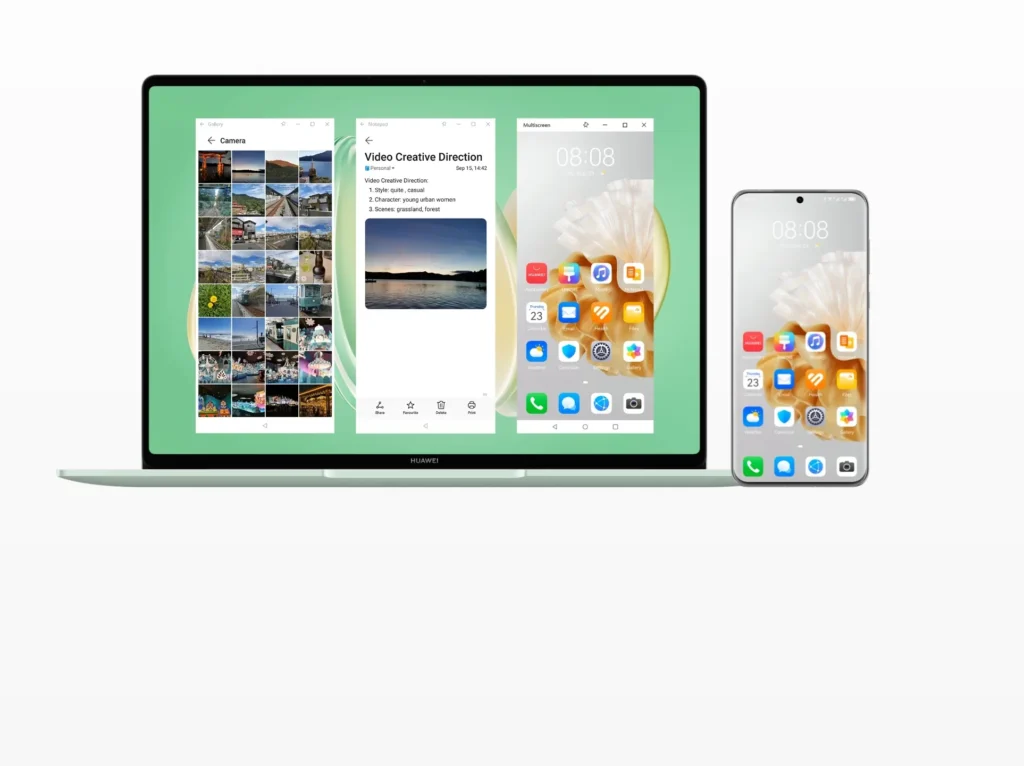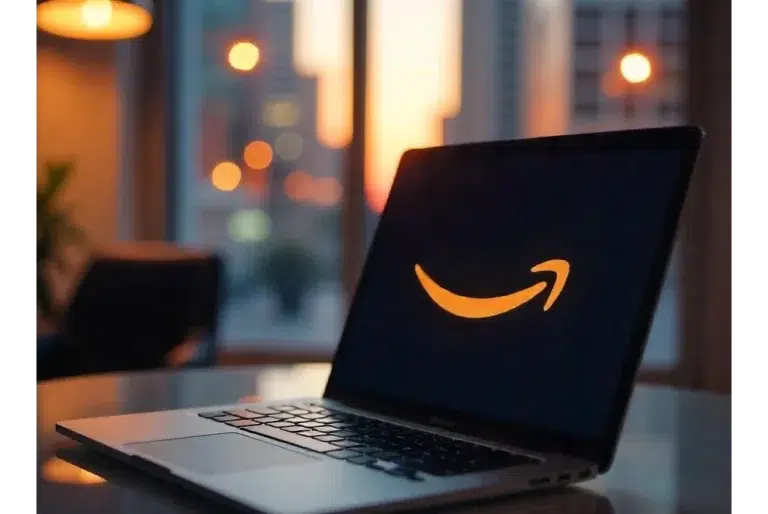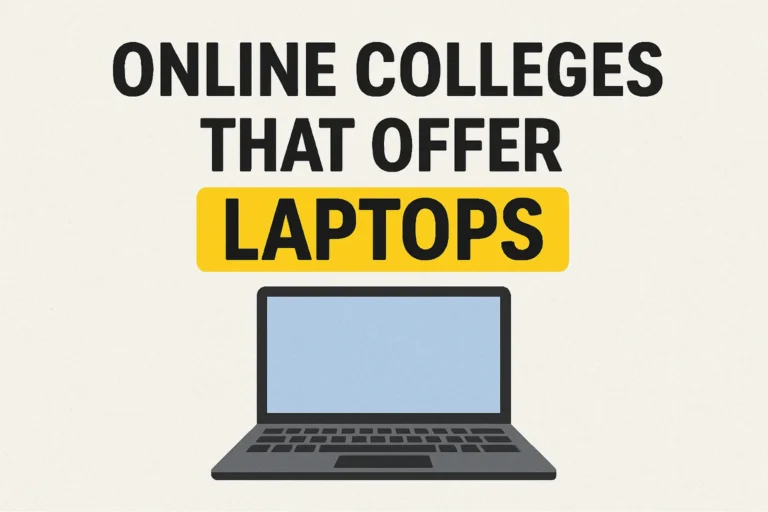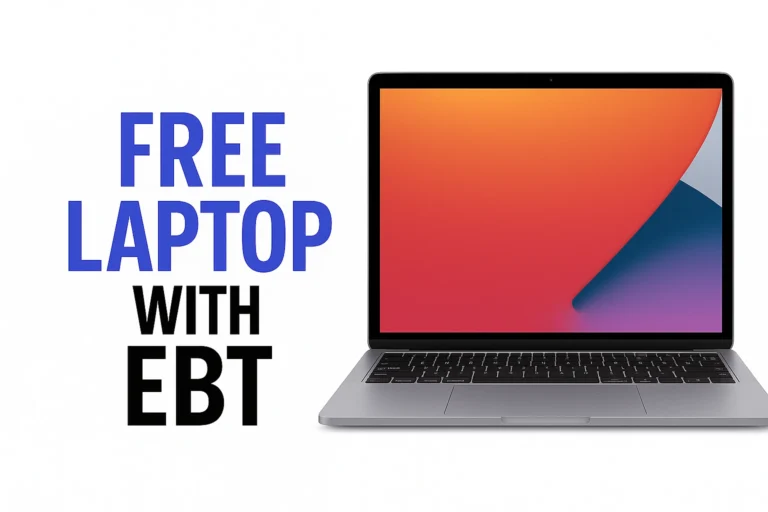Table of Contents
Why Access to Internet and Laptops Matters
In today’s digital-first world, not having access to the internet or a laptop can feel like being left out of society. From attending online classes to applying for jobs, a lack of technology creates a gap that is hard to bridge. Programs aimed at providing free internet and laptops play a vital role in helping underserved communities thrive.
Bridging the Digital Divide
The digital divide is the gap between those who have access to technology and those who don’t. It disproportionately affects low-income families, rural areas, and minority communities. Programs like the Affordable Connectivity Program (ACP) and Lifeline aim to bridge this divide.
Impact on Education and Career Opportunities
Without internet access, students miss out on online learning resources and job seekers are cut off from job boards. These programs ensure that technology is not a barrier to success.
Documents you’ll need (prepare these before you apply)
Most applications ask for clear, legible copies (PDF or JPG) of the following:
-
Proof of benefit participation: Medicaid card, SNAP/EBT award letter, SSI award letter, school lunch eligibility letter, or other qualifying benefit documentation. Federal Communications Commission+1
-
Proof of income (if qualifying by income): recent pay stubs, tax return (Form 1040), or a benefits statement showing household income. PCS for People
-
Proof of identity: driver’s license, state ID, passport.
-
Proof of residence: recent utility bill, lease, or official mail showing your address.
-
Student verification (if applying through a school program): enrollment letter or school ID (common for K–12 device drives such as The On It Foundation).
Government Programs That Provide Free Internet and Laptops
Affordable Connectivity Program (ACP)
The ACP offers discounts of up to $30 per month for internet services, or $75 for those on Tribal lands. Eligible households can also receive a one-time $100 discount on a laptop, desktop, or free tablet.
How to Get a Free Laptops from the Government
Eligibility Criteria
- Participation in SNAP, Medicaid, or similar programs
- Income at or below 200% of federal poverty guidelines
Lifeline Assistance Program
Lifeline helps low-income families by offering discounted monthly internet services. Some providers also offer devices like laptops at reduced costs.
Nonprofit Partnerships
Organizations like PCs for People and The On It Foundation provide free or low-cost laptops to eligible individuals.
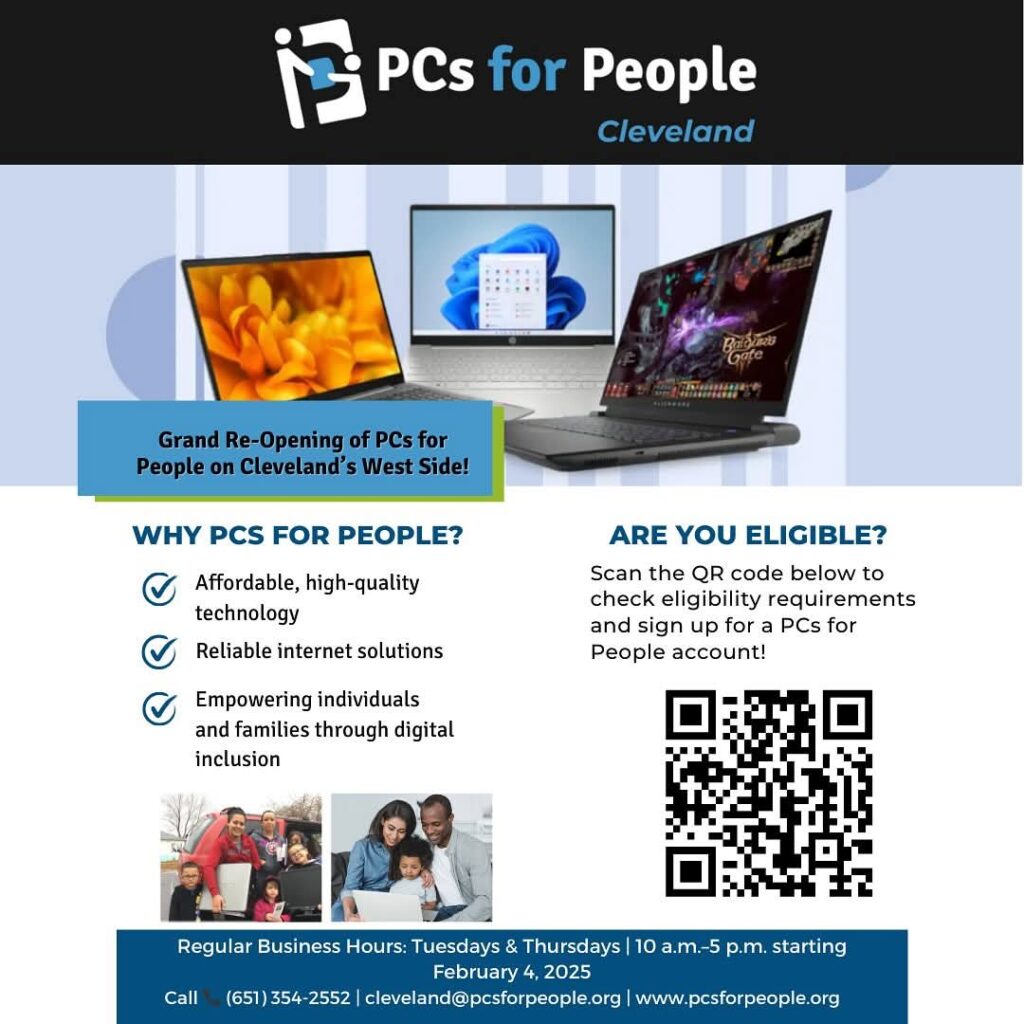
How to Qualify for These Programs
General Eligibility Criteria
Most programs require participants to meet income-based qualifications or participate in government assistance programs such as:
Steps to Apply for Free Internet and Laptops
- Check Your Eligibility: Visit official websites like AffordableConnectivity.gov to see if you qualify.
- Gather Documents: You’ll need proof of income or participation in government programs.
- Apply Online: Submit an application through the program’s official website.
- Contact a Provider: Choose a participating provider and activate your benefits.
Top Providers Offering Free Internet
Major providers like AT&T, Comcast, and Verizon participate in programs like ACP to offer affordable plans. Many even provide high-speed options tailored for eligible households.
Common Myths About Free Government Internet and Laptops
- Myth: These programs are scams.
- Truth: Programs like ACP are backed by the Federal Communications Commission (FCC).
- Myth: Only students can apply.
- Truth: Many programs are open to all eligible low-income households.
Challenges and Limitations
While these programs provide essential benefits, funding issues and limited awareness mean many eligible families miss out.
How You Can Help Advocate for Digital Inclusion
Spread the word about these programs, volunteer with nonprofits, or support legislation that promotes digital equity.
Conclusion
Access to the internet and free Government laptop is a necessity, not a luxury. Programs like ACP and Lifeline are vital steps toward bridging the digital divide. If you or someone you know qualifies, take advantage of these programs to stay connected and empowered.
FAQs
1. How do I know if I qualify for a free laptop?
Check your eligibility based on income or participation in government assistance programs like SNAP or Medicaid.
2. Can students get free laptops and internet?
Yes, many programs prioritize students to ensure access to education.
3. Are there any hidden fees in these programs?
No, these programs are designed to be transparent and affordable.
4. What happens if funding runs out?
Enrolled participants may continue to receive benefits, but no new applications will be accepted.
5. How do I find participating providers in my area?
Visit AffordableConnectivity.gov to search for providers near you.

